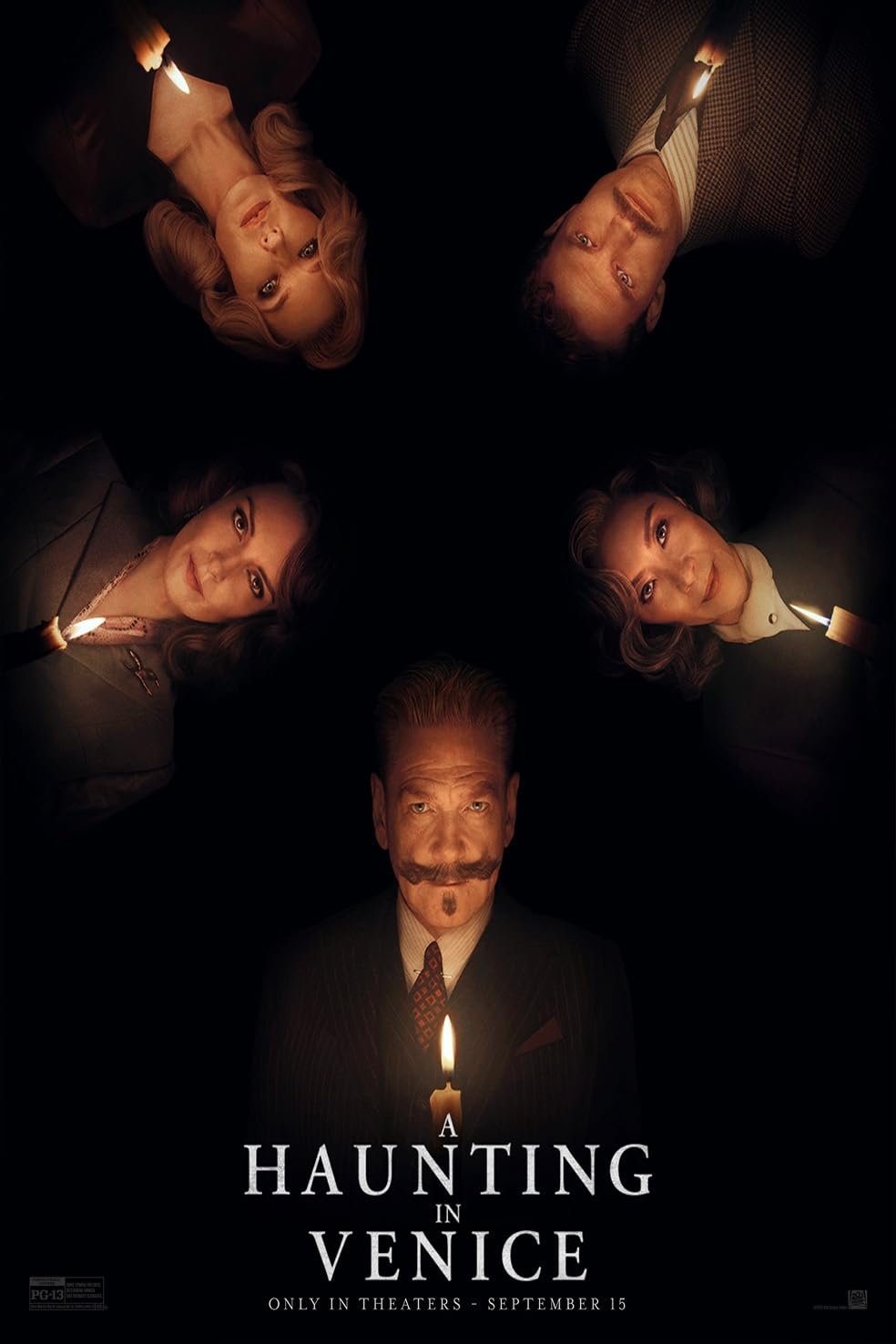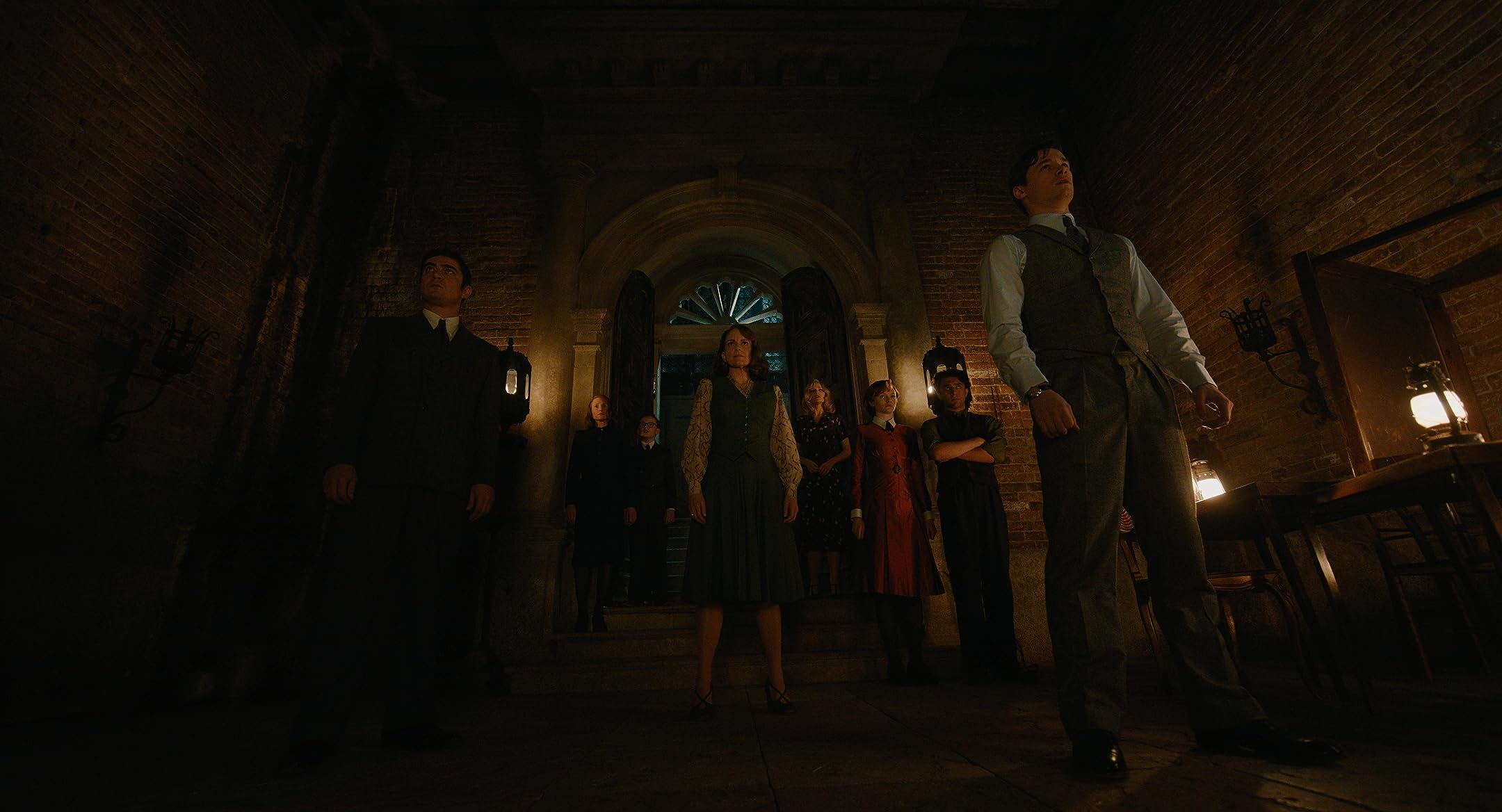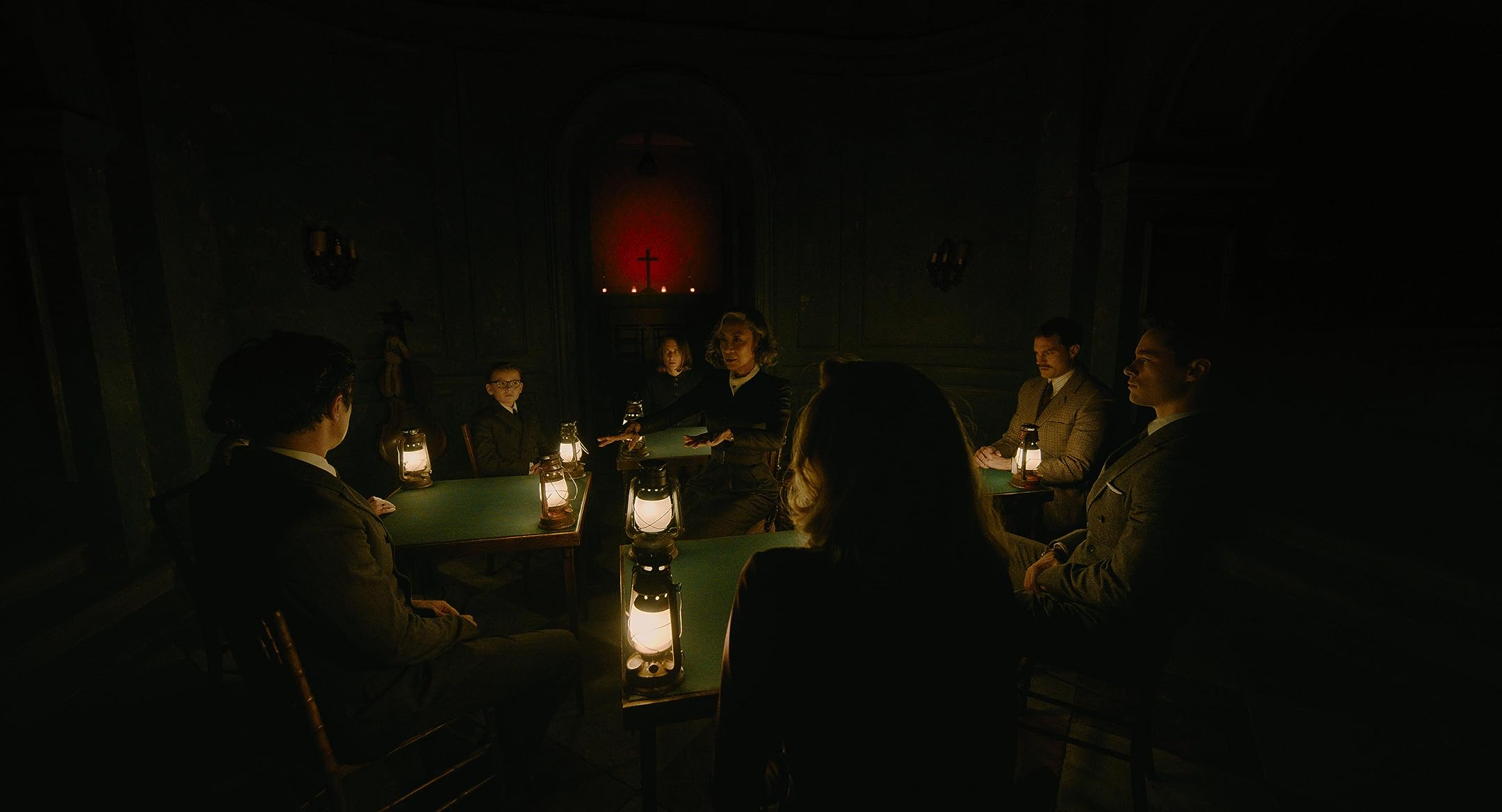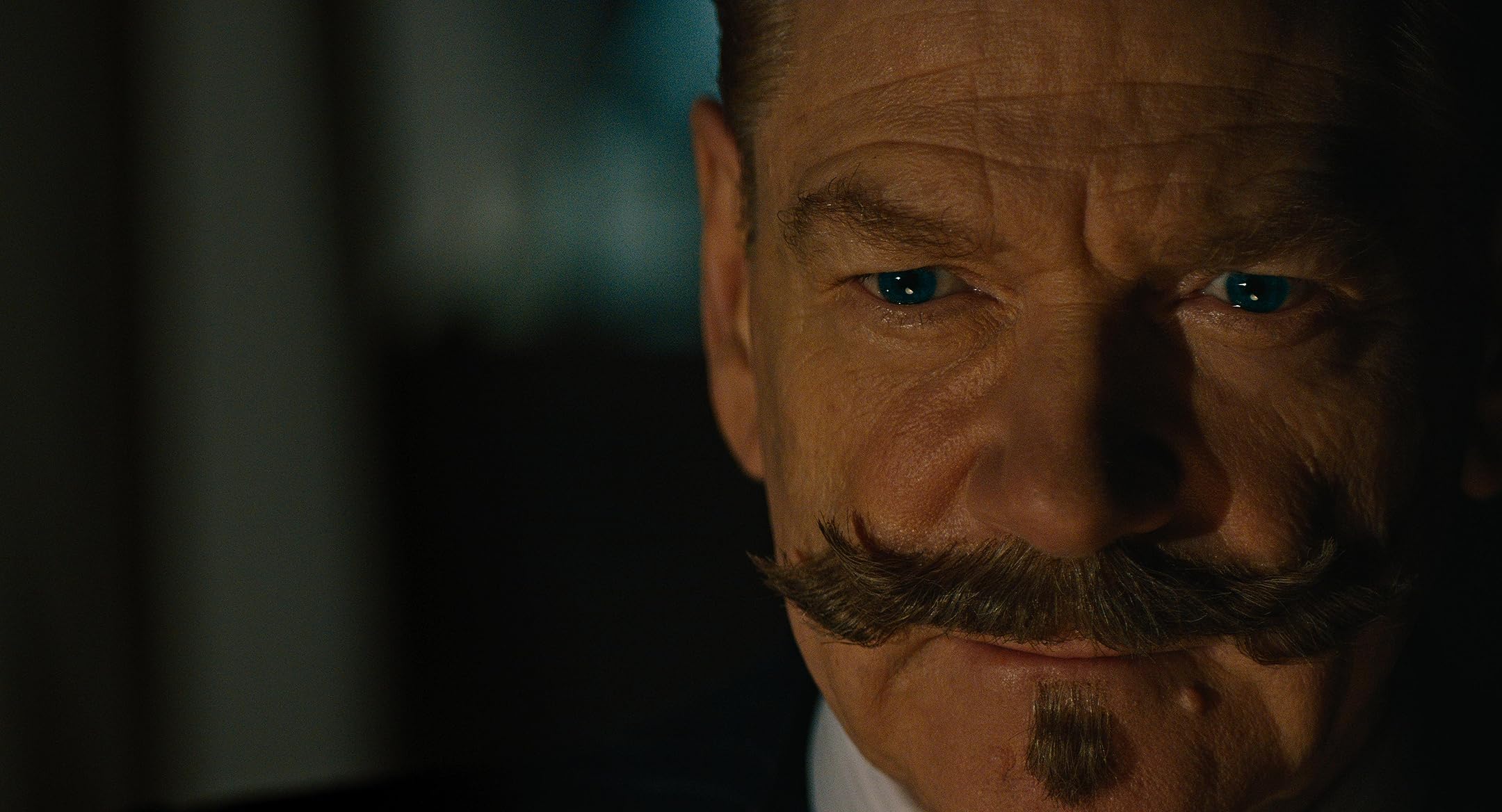The film is at its best when our concepts of rationality and the natural world are challenged. Spoilers ahead
There’s something cathartic about murder mystery films. Whether it’s connecting the dots with details you’d otherwise consider irrelevant, or Benoit Blanc from the “Knives Out” franchise going about his patented eureka moments, there’s nothing like solving a good case.
It’s a step beyond your typical cinematic experience. More than just a viewer, a murder mystery invites you to join in on the festivities, to try and keep up with the knowledgeable sleuth, and to see if you can piece together the puzzle laid out before you. And more often than not, a good murder mystery cannot be solved nor predicted from the theater chair—that’s the beauty of the grand reveal after all.
“A Haunting In Venice” stands as the latest of the genre, an inspired tale that masterfully weaves your typical murder mystery together with elements of horror and the supernatural. It pits the rationality you would otherwise expect from other films of the same kind with the inexplicable for a challenge unlike any other. The film is directed by and stars Kenneth Branagh as the famed detective Hercule Poirot, and follows 2017’s “Murder on the Orient Express” and 2022’s “Death on the Nile.”
The film’s synopsis reads:
“‘A Haunting in Venice’ is set in eerie, post-World War II Venice on All Hallows’ Eve, ‘A Haunting in Venice’ is a terrifying mystery featuring the return of the celebrated sleuth, Hercule Poirot. Now retired and living in self-imposed exile in the world’s most glamorous city, Poirot reluctantly attends a séance at a decaying, haunted palazzo. When one of the guests is murdered, the detective is thrust into a sinister world of shadows and secrets.”

A Murder Mystery Unlike Any Other

“A Haunting in Venice,” while a murder mystery at heart, features minimal jumpscares and an eerie and claustrophobic atmosphere established by a haunted post-World War II palazzo. The film blends in horror in a title that normally would not have anything to do with the supernatural and the inexplicable. This secondary focus on horror is the movie’s weakest aspect given the rather simplistic and forgettable scares. However, the very inclusion of the supernatural seems to be more of a thematic decision than anything else.
Explaining the inexplicable. “A Haunting in Venice” forces the acclaimed sleuth Hercule Poirot out of retirement for a case that cannot simply be solved through sheer wit. Throughout the film, he is constantly invited and encouraged to cast aside his pessimism—to listen and believe in what cannot be seen. Aging and years out of practice, Poirot is not the infallible know-it-all detective you would expect to find in a murder mystery film. He may be smarter than pretty much everyone else in the room, but he is weakened, out of his depth, and wonders if he had just bit off more than he can chew.
There’s no fun in a plot without threat. Testing an aged genius in his realm of expertise with something he cannot so easily explain presents not only a challenge to the characters within the film but an engaging viewing experience as well.
Moreover, murder mysteries typically come after the fact. A knowledgeable sleuth is invited to the scene to piece together a case that has left everyone baffled. The great detective is then tasked to play catch up, to seek out the invisible breadcrumbs the elusive perpetrator has left before they completely get away or commit more murders themselves. “A Haunting in Venice” places the talented Poirot on the scene as the crime is to be committed. A killer in their midst, he races against time not only to catch the murderer but to prevent any more from happening.
Going Dutch

Briefly touching upon the film’s cinematography, Branagh beautifully utilizes Dutch Angles and uncomfortable close-ups. This accentuates the feeling of confusion a subject feels at the given moment—it has been used in several titles such as “Mission Impossible” and “Inception,” and more recently, “Mission: Impossible – Dead Reckoning Part One.” For “A Haunting in Venice,” the Dutch Angle highlighted Poirot’s overall mental state as he struggled to grasp the inexplicable sights he was witnessing. Other than that, it also exacerbated the general eeriness and claustrophobic nature of the palazzo setting.
Unconventional angles were also used prominently in the film’s séance scene. A quickly rotating camera zooms in on everyone present in the room as Michelle Yeoh’s character is seemingly possessed and identifying her murderer creates a sense of tension as we, the viewers are led to believe that the killer is at the very scene. Furthermore, the close look at each and everyone’s faces, allows us to examine each individual, looking for any signs of fear and tension each time they feel as if they’re being pointed at.
The Old Dog Learns New Tricks

Poirot enters the palazzo with great pessimism, eager to debunk any signs of mysticism and the supernatural. And although he does complete the case after piecing together everything that has happened thus far, there were admittedly phenomena that could hardly be rationally explained. At the end of the film, he does not approach it as you would expect a hard-nosed detective would—to dismiss it as a trick of the light or a misidentified shadow—rather, he simply confesses that we cannot escape our ghosts.
In this case, “A Haunting in Venice” is a tale of acceptance. Poirot accepts the existence of the otherworldly, and yet, it does not take away from his duty to give justice, through his wit, even for those who are no longer among us. As YouTuber Jeremy Jahns explains, there is evident growth in this film. Poirot is not the same as he was in his prior films.









































